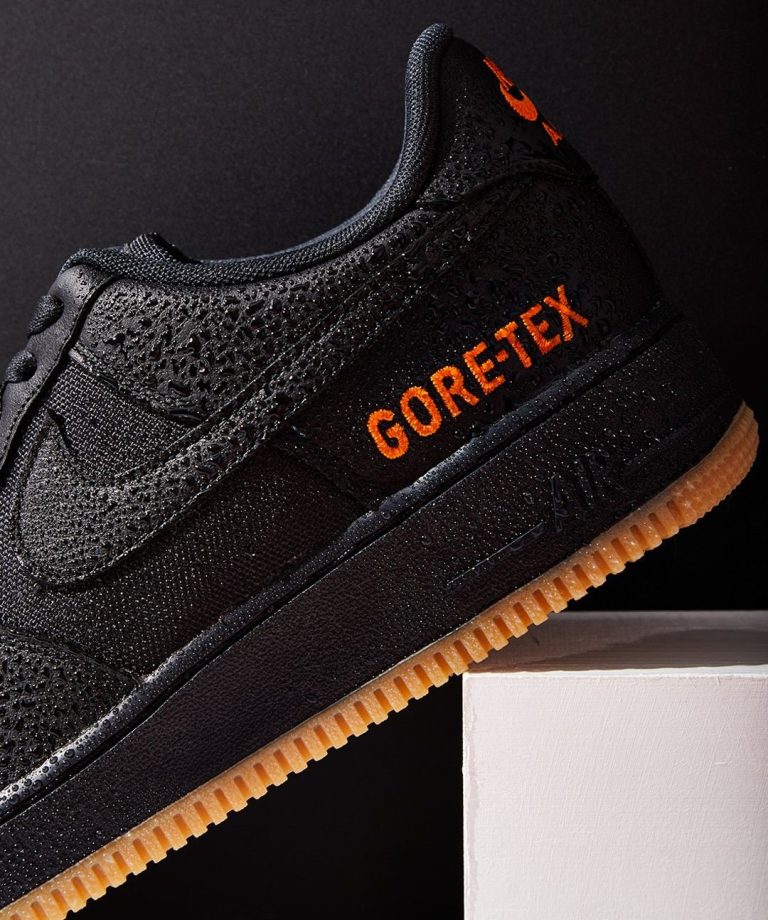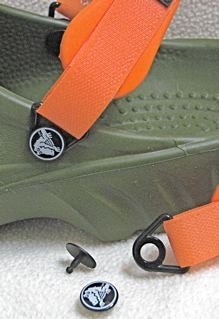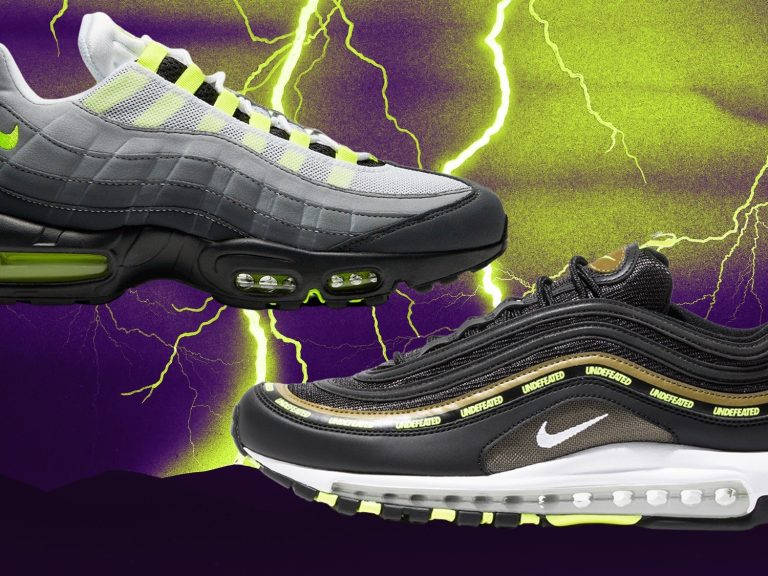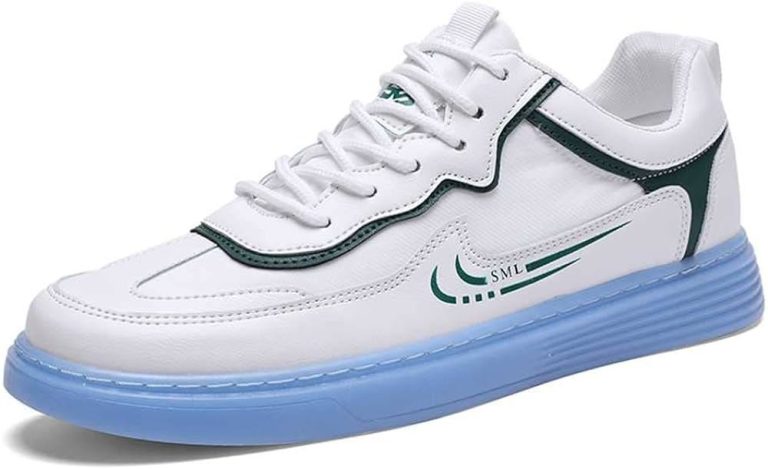What happens if Uggs get wet? It’s a nightmare scenario for many Ugg lovers out there. You’ve invested in a pair of these cozy and fashionable boots, and now they’re drenched. But fear not, because there are solutions to this soggy problem. Whether you accidentally stepped in a puddle or got caught in a rainstorm, wet Uggs can be salvaged and brought back to their former glory. In this article, we’ll explore exactly what happens when Uggs get wet and how to effectively dry and restore them. So, let’s dive right in and rescue those waterlogged Uggs!
What Happens If Uggs Get Wet
Section 1: Understanding Ugg Boots
Before we delve into the effects of getting your Ugg boots wet, let’s first understand what Ugg boots are and why they are a popular choice of footwear. Ugg boots are a type of sheepskin boot that originated in Australia. They are known for their soft, cozy interior lining made from genuine sheepskin, which provides warmth and comfort.
Ugg boots have gained immense popularity worldwide due to their stylish design and superior insulation properties. They are often worn during the colder months to keep feet warm and comfortable.
Section 2: The Structure of Ugg Boots
To understand the impact of water on Ugg boots, it’s essential to know their structure. Ugg boots consist of three main components:
2.1 Outer Shell
The outer shell of Ugg boots is typically made from suede or leather. This material adds durability and protection to the boots.
2.2 Sheepskin Lining
The sheepskin lining is what sets Ugg boots apart. This natural material acts as an excellent insulator, trapping heat and keeping your feet warm in cold conditions.
2.3 Sole
The sole of Ugg boots is usually made from rubber or synthetic material, providing traction and preventing slippage.
Section 3: The Effects of Water on Ugg Boots
Now that we have a good understanding of the structure of Ugg boots, let’s explore what happens when they come into contact with water.
3.1 Absorption of Moisture
Due to the porous nature of suede or leather, Ugg boots can absorb water when exposed to it. The sheepskin lining also absorbs moisture, which can lead to several undesirable consequences.
3.2 Loss of Insulation
When Ugg boots get wet, the moisture can interfere with the insulating properties of the sheepskin lining. Wet sheepskin loses its ability to trap warm air, resulting in reduced insulation and less effective heat retention.
3.3 Shrinkage
Another unfortunate effect of water exposure is the potential for the boots to shrink. The natural fibers within the sheepskin can contract when they get wet, causing the boots to become smaller and tighter than before.
3.4 Stiffness
Wet Ugg boots can become stiff and less flexible due to the absorption of moisture. This stiffness can make them uncomfortable to wear and restrict natural foot movement.
3.5 Odor and Bacterial Growth
Moisture in Ugg boots creates a damp environment where bacteria and fungi can thrive. This can lead to unpleasant odor and potential foot infections if the boots are not properly dried and cleaned.
3.6 Discoloration
Water can cause the outer shell of Ugg boots to darken or develop water stains, altering their appearance. This discoloration can be challenging to remove, and it may affect the overall aesthetic appeal of the boots.
3.7 Damage to the Sole
Exposure to water can also affect the integrity of the boots’ sole. Constant exposure to moisture can lead to the breakdown of adhesives or the degradation of the rubber or synthetic material, reducing the overall lifespan of the boots.
Section 4: How to Deal with Wet Ugg Boots
If your Ugg boots have gotten wet, don’t panic. There are steps you can take to minimize the damage and get them back to their original condition.
4.1 Remove Excess Moisture
Start by gently shaking off any excess water from the boots. Avoid squeezing or wringing them, as this can cause further damage.
4.2 Absorb with Towels
Place clean, dry towels inside the boots to absorb moisture. Press the towels gently against the lining, replacing them as they become damp. This helps expedite the drying process.
4.3 Air Dry
Avoid using direct heat sources, such as heaters or hairdryers, to dry Ugg boots. Instead, allow them to air dry naturally in a well-ventilated area away from direct sunlight.
4.4 Use Talcum Powder
If your Ugg boots have developed an odor due to moisture, sprinkle some talcum powder or baking soda inside the boots. Allow it to sit for a few hours, then shake out the excess powder.
4.5 Brush the Suede
If the outer shell of your Ugg boots is suede and has become discolored, use a soft-bristled brush to gently restore its appearance. Brush in one direction to prevent damage to the suede fibers.
4.6 Consider Waterproofing
To prevent future water damage, consider applying a waterproofing spray specifically designed for suede or leather. This can create a protective barrier and make your Ugg boots more resistant to moisture.
Section 5: Prevention Tips
Preventing your Ugg boots from getting wet in the first place can save you from the hassle of dealing with the aftermath. Here are some useful tips:
5.1 Avoid Rain and Puddles
Avoid wearing your Ugg boots on rainy or snowy days. If you must venture out in wet conditions, consider wearing waterproof boots instead.
5.2 Use Protective Sprays
Apply a waterproofing spray to your Ugg boots before wearing them. This can provide an extra layer of protection against moisture.
5.3 Store Properly
When not in use, store your Ugg boots in a cool, dry place away from direct sunlight. This can help prevent the growth of mold or mildew.
5.4 Clean Regularly
Maintain the cleanliness of your Ugg boots by regularly brushing off dirt and debris. Follow the manufacturer’s instructions for cleaning, and avoid using harsh chemicals that could damage the materials.
5.5 Wear with Socks
Wearing socks with your Ugg boots can help absorb sweat and minimize moisture buildup, reducing the risk of odor and bacterial growth.
Section 6: Conclusion
In conclusion, getting your Ugg boots wet can have several negative effects on their appearance, comfort, and overall performance. Moisture can cause shrinkage, loss of insulation, stiffness, discoloration, and even damage to the sole. However, with proper care and maintenance, you can minimize the impact of water and restore your Ugg boots to their original condition.
What happens if UGGs get wet?
Frequently Asked Questions
What happens if Uggs get wet?
When Uggs get wet, it is important to take proper care to avoid damaging them. Wet Uggs can result in shrinkage, loss of shape, and potential discoloration. It is recommended to gently stuff them with newspaper or paper towels to help them retain their shape, and then allow them to air dry in a cool, well-ventilated area. Avoid exposing them to direct heat sources, such as heaters or direct sunlight, as this can lead to further damage. Once dry, you can use a soft brush specifically designed for Uggs to restore the original texture and appearance.
Can Uggs be worn in the rain?
While Uggs are largely made of sheepskin, which naturally has water-resistant properties, they are not entirely waterproof. It is generally advised to avoid wearing Uggs in heavy rain or deep puddles, as prolonged exposure to water can damage the material and affect their overall quality. If you do find yourself caught in the rain wearing Uggs, it is best to immediately remove them, gently dry them using a clean cloth, and follow the proper drying techniques mentioned earlier to prevent any long-term damage.
Will Uggs recover their shape after getting wet?
Uggs have the potential to lose their shape when they get wet, especially if they are not dried properly. However, by gently stuffing them with newspaper or paper towels and allowing them to air dry in a cool, well-ventilated area, you can help them retain their original shape. It is important to avoid using direct heat sources or placing them near radiators, as this can cause shrinkage and further distortion.
Can Uggs be washed if they get wet?
It is generally not recommended to fully submerge Uggs in water or machine wash them. Instead, if your Uggs get wet, gently clean off any dirt or stains with a damp cloth or sponge. Afterwards, stuff them with newspaper or paper towels to retain their shape and allow them to air dry naturally. Remember to avoid exposing them to direct heat, as it can cause irreversible damage.
How long does it take for wet Uggs to dry?
The drying time for wet Uggs can vary depending on several factors, such as the extent of moisture, environmental conditions, and how well they are dried. On average, it can take anywhere from 24 to 48 hours for Uggs to fully dry. However, it is important to be patient and avoid rushing the drying process by using external heat sources, as this can lead to deformation and damage to the material.
What should I do if my Uggs become discolored after getting wet?
If your Uggs become discolored after getting wet, it is best to avoid using any harsh chemicals or cleaners. Instead, try gently brushing the affected areas with a soft brush specifically designed for Uggs. If the discoloration persists, it is recommended to seek professional cleaning services that specialize in treating sheepskin products. They will have the necessary expertise to restore the color and appearance of your Uggs.
Final Thoughts
If Uggs get wet, it can have detrimental effects on their appearance and longevity. Water can cause the sheepskin material to shrink, resulting in a tighter fit and potential discomfort. Additionally, moisture can lead to the formation of mold and mildew, which not only affects the smell but also poses health risks. Wet Uggs also tend to lose their natural insulation properties, leaving your feet cold and damp. To prevent these issues, it is crucial to take preventive measures and properly care for your Uggs, keeping them dry and clean at all times.






